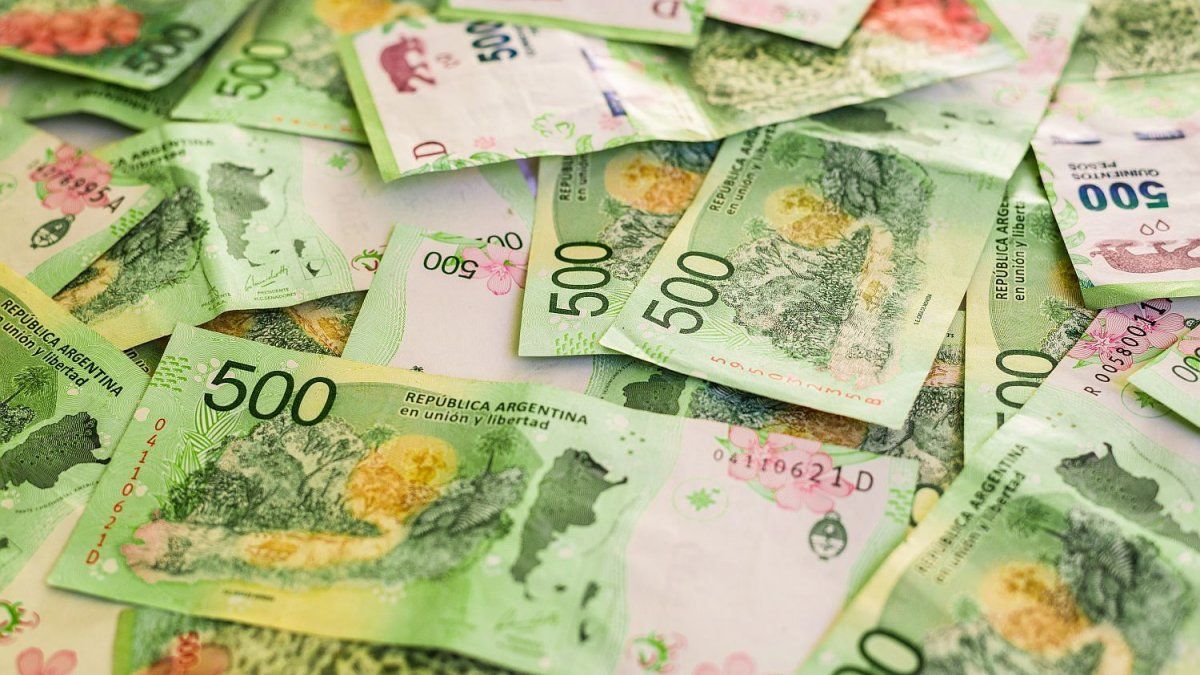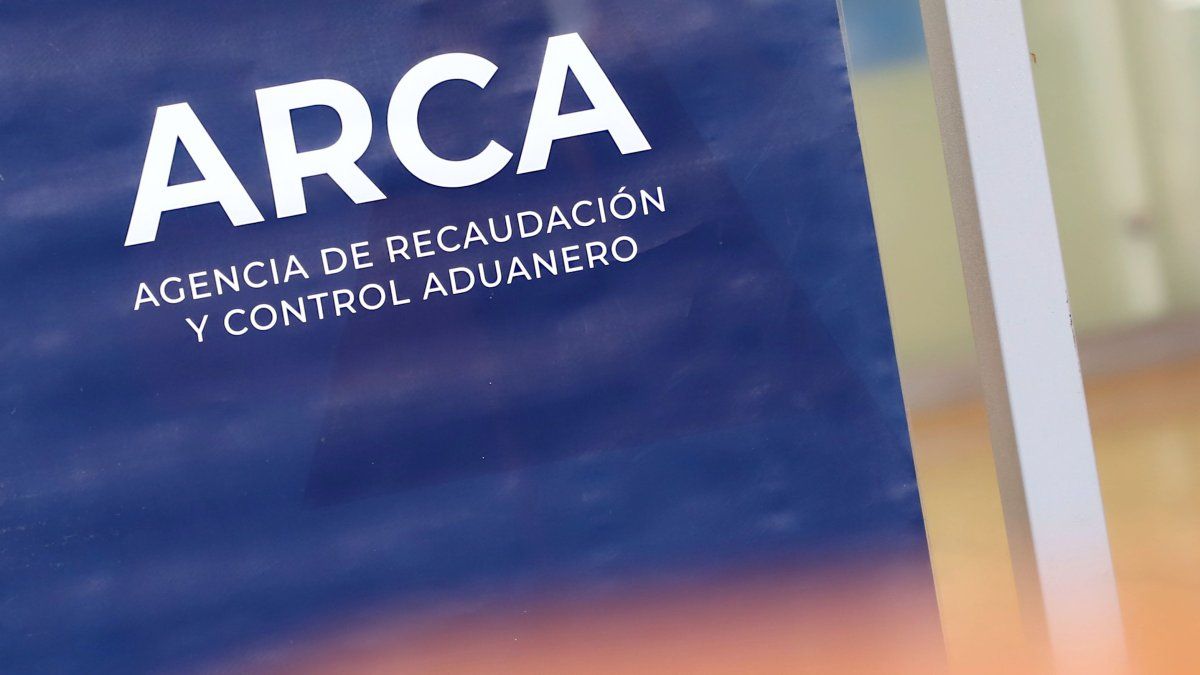The amount of money in the economy increased in April. That, added to the lowering of BCRA rates, fuels greater demand for parallel dollars, which at the beginning of the week took a sharp jump.
Despite the attempt by the Government of Javier Milei to keep the Monetary base to remove fuel from the fire of inflationary dynamics, In April, an increase in the amount of pesos in the economy was verified again driven, fundamentally, by the purchases of foreign currency in the official exchange market and the payment of interest on Passive Repos by the Central Bank (BCRA). This could put further pressure on the demand for dollars.
The content you want to access is exclusive to subscribers.
Indeed, The Monetary Base grew 9.5% in real terms (+$2.5 billion) and monthly during the last month, as reported by the BCRA, to reach close to $12.7 billion.


On the side of remunerated liabilities, the monetary authority reported that the effect of interest predominated over the contraction that implied the reduction of the stock of Passes, one of the primary objectives set by Santiago Bausili’s management since his inauguration.
However, it is worth noting that, while bank cash showed a real fall and the pesos held by the public rose 4.4%, money in the Central’s current account showed a growth of 23.7%. This means that a good part of the monetary expansion is immobilized since said account is mainly made up of reserves.
In this sense, it is worth remembering that in April the decision was made to increase the percentage of reserve requirements from 0% to 10% on the balances in demand accounts of the Money Market Investment Funds, instruments that offer very short-term returns and that contribute to the increase in the money supply.
The constant interest rate reduction of monetary policy, which currently stands at 40% nominal annually, is a decision that is in line with reducing the weight of remunerated liabilities on the amount of pesos in circulation.
In parallel, the purchasing dollars in the exchange market (which has the issuance of pesos as a counterpart), which in April was US$3,348 million.
On the contrary, the sale of dollars to the Treasury to pay debt obligations (mainly with the IMF) helped contract the monetary base.
Regarding the demand for money, the BCRA Monetary Report showed the first monthly increase in 15 months, driven by a increase in traditional fixed termswhich had a greater impact on the decline in demand deposits
The little incentive for investments in pesos, due to negative real rates, added to the aforementioned increase in the Monetary Base, are factors that fuel greater demand for parallel dollarswhich at the beginning of this week had jumps that had not been seen since January.
Source: Ambito




